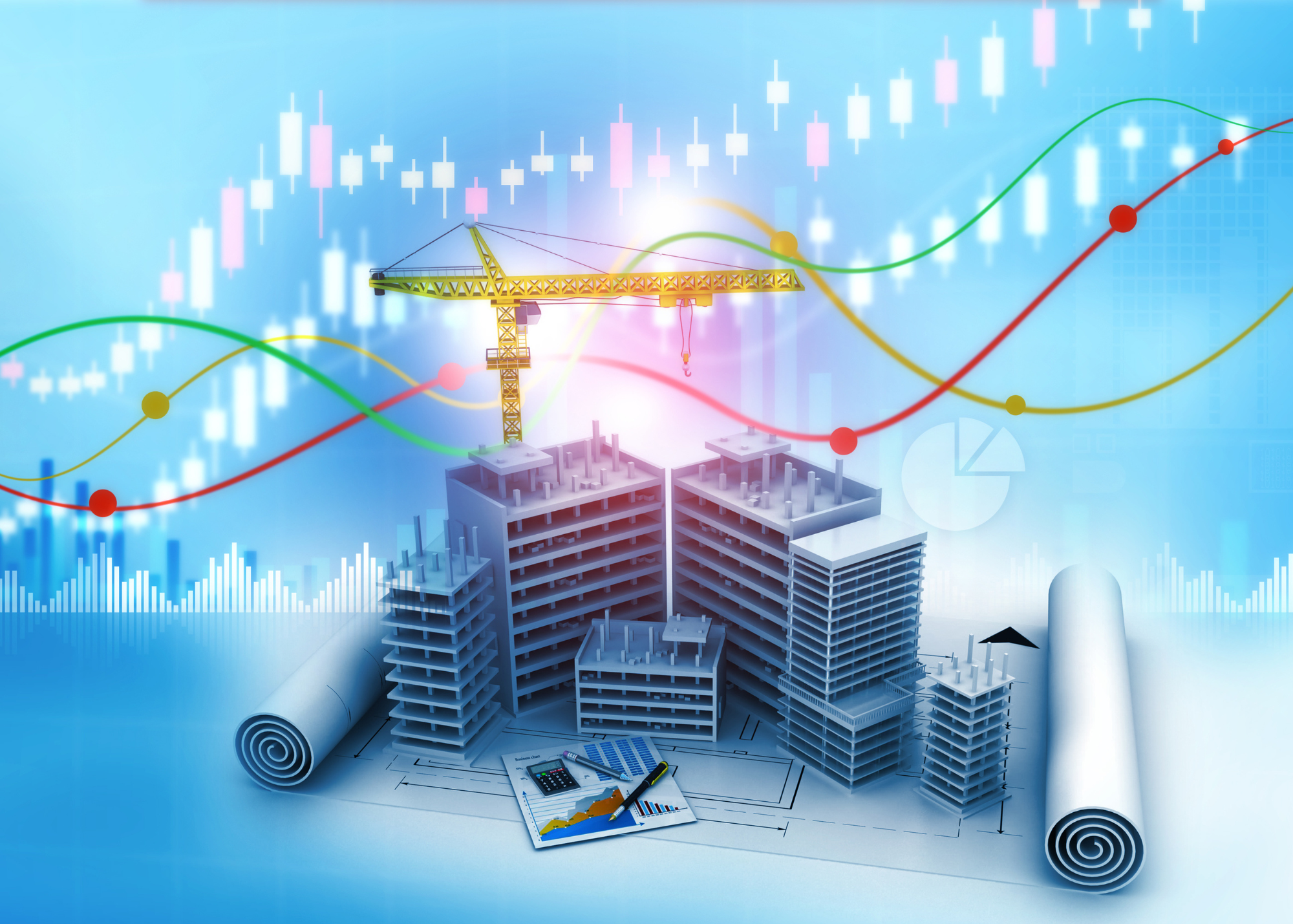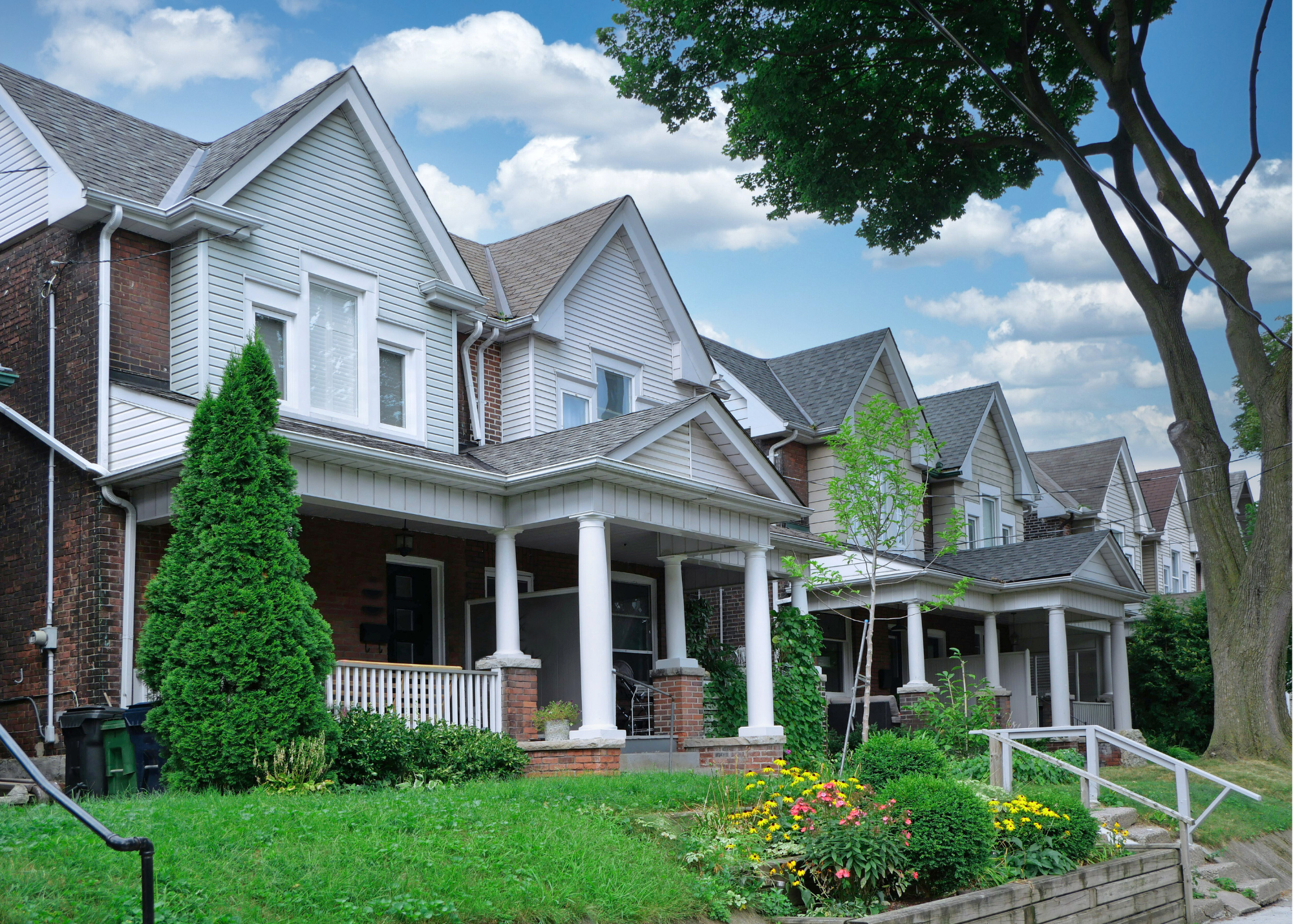Table of Contents
Share Post
The commercial real estate market in Austin, Texas, is poised for a dynamic year 2025. As one of the fastest-growing metro areas in the United States, Austin continues attracting businesses, investors, and residents. However, the evolving landscape brings opportunities and challenges across office spaces, industrial developments, and retail properties.
Whether you’re considering buying new construction in San Antonio, exploring investment opportunities in Austin, or selling a home in New Braunfels, understanding the commercial market’s trajectory is crucial.
In this blog, we’ll break down key trends, forecast potential shifts, and provide actionable insights for anyone interested in Austin’s commercial property market in 2025.
1. Office Market Trends: Navigating High Vacancy and New Developments
The Austin office market is currently undergoing a period of transformation. In 2024, the city experienced a 17% vacancy rate—one of the highest in the country. This figure remained relatively stable during the second and third quarters of the year, but new developments expected in late 2024 and early 2025 may push vacancy rates higher.
Key Insights for Office Market in 2025
- Vacancy Rate: Projected to increase from 17% to potentially 19% by Q1 2026.
- New Supply: 4.7 million square feet of office space under construction.
- Rental Rates: Current growth of 1.8% annually; may dip to -1% by 2026.
Factors Influencing the Market
- Tech Sector Activity: Companies like Nvidia and X (formerly Twitter) are expanding in Austin, supporting demand in the high-end Class A office space.
- Tenant Leverage: High vacancy rates offer businesses the opportunity to negotiate favorable lease terms, such as free rent periods and tenant improvement allowances.
What This Means for Investors:
- Landlords must focus on occupancy by offering competitive concessions.
- Tenants can capitalize on a tenant-friendly market, especially in Class A properties.
2. Industrial Sector: Growth Driven by Tech and Manufacturing
Austin’s industrial real estate market has experienced significant growth, largely due to the influence of Tesla’s Gigafactory and Samsung’s semiconductor manufacturing plant. However, supply has surged faster than demand, creating a shift in market dynamics.
Key Insights for the Industrial Market in 2025
- Space Delivered: Over 10 million square feet in 2024—more than triple the historical average.
- Vacancy Rates: Climbing due to oversupply despite steady demand.
- Rental Rates: Experiencing a slight decline, with rents ranging from $10 to $18 per square foot annually.
Why the Industrial Market Is Cooling
- Over-optimistic development led to excess supply.
- Slower-than-expected absorption of new space despite strong demand from suppliers connected to Tesla and Samsung.
Investment Insights:
- Short-term challenges due to oversupply, but long-term growth potential remains strong given Austin’s role in advanced manufacturing and logistics.
- Industrial investors may find attractive deals due to softening rent growth and increased vacancies.
3. Retail Market: Strong Demand Amid Limited Availability
The retail market in Austin is one of the strongest segments in the city’s commercial landscape. With the population continuing to grow rapidly, demand for retail space is outstripping supply.
Key Insights for Retail Market in 2025
- New Space Added: 2.1 million square feet delivered in 2024.
- Vacancy Rate: A low 4%, indicating strong tenant demand.
- Rental Rate Growth: 3.2% annually, well above the national average of 1.9%.
Challenges for Local Retailers
- National and regional chains dominate prime retail locations.
- Small, independent retailers struggle with rising rents and limited space availability.
Emerging Hotspots for Retail Growth:
- East Austin: Known for its eclectic mix of local businesses and new developments.
- The Domain: A retail powerhouse, attracting high-end brands and experiential retail spaces.
- South Congress (SoCo): Continues to thrive as a tourist and local favorite.
Tip for Investors:
Focus on mixed-use developments that integrate retail, office, and residential spaces—these properties are in high demand across Austin.
4. Investment Landscape: Bridging the Buyer-Seller Gap
The commercial real estate investment market in Austin is experiencing a disconnect between buyer and seller expectations. Many sellers are reluctant to reduce prices despite the rise in cap rates.
Key Trends for Investors
- Capitalization Rates:
– Office & Industrial: 6.5%–7%
– Retail: 5.5%–6% - Price Adjustments: Property values down by 5% to 40% depending on asset class and location.
- Active Buyers: The City of Austin remains a key player, having purchased three major office buildings in 2024.
Advice for Investors:
- Patience is Key: Wait for distressed properties or motivated sellers in the office and industrial sectors.
- Diversify: Retail properties remain stable despite broader market volatility.
5. How Austin Compares to Nearby Markets
While Austin remains a focal point for commercial real estate activity, nearby cities like San Antonio and New Braunfels are also experiencing growth.
San Antonio Commercial Market:
- Increasing demand for logistics centers due to its strategic location.
- More affordable compared to Austin, attracting businesses seeking cost-effective operations.
New Braunfels Growth:
- New construction and residential growth spurring retail and mixed-use developments.
- Family-friendly environment attracting both residents and businesses alike.
Future Projections: What to Expect in 2026 and Beyond
Looking beyond 2025, Austin’s commercial real estate market is expected to stabilize as the excess office and industrial supply is absorbed. Key factors to monitor include:
- Tech Sector Resilience: Austin’s standing as a tech hub ensures continued demand for specialized office and industrial spaces.
- Population Growth: The metro area’s expanding population will sustain retail demand.
- Infrastructure Investments: Upcoming transportation projects, such as expansions to I-35 and new transit initiatives, will improve accessibility and potentially boost property values.
Ready to find your dream home in San Antonio?
Contact True North Group for personalized real estate guidance. Whether you’re buying, selling, or exploring the market, our team is here to help. Call us today to schedule a consultation or explore available homes.
Join our mailing list today





